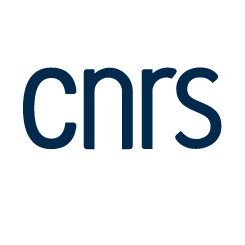Bioinformatic Mining and Structure-Activity Profiling of Baeyer-Villiger Monooxygenases from Mycobacterium tuberculosis
Résumé
Mycobacterium tuberculosis is the etiological agent of tuberculosis (TB), one of the deadliest infectious diseases. The alarming health context coupled with the emergence of resistant M. tuberculosis strains highlights the urgent need to expand the range of anti-TB antibiotics. A subset of anti-TB drugs in use are prodrugs that require bioactivation by a class of M. tuberculosis enzymes called Baeyer-Villiger monooxygenases (BVMOs), which remain understudied. To examine the prevalence and the molecular function of BVMOs in mycobacteria, we applied a comprehensive bioinformatic analysis that identified six BVMOs in M. tuberculosis, including Rv3083 (MymA), Rv3854c (EthA), Rv0565c, and Rv0892, which were selected for further characterization. Homology modeling and substrate docking analysis, performed on this subset, suggested that Rv0892 is closer to the cyclohexanone BVMO, while Rv0565c and EthA are structurally and functionally similar to MymA, which is by far the most prominent type I BVMO enzyme. Thanks to an unprecedented purification and assay optimization, biochemical studies confirmed that all four BVMOs display BV-oxygenation activity. We also showed that MymA displays a distinctive substrate preference that we further investigated by kinetic parameter determination and that correlates with in silico modeling. We provide insights into distribution of BVMOs and the structural basis of their substrate profiling, and we discuss their possible redundancy in M. tuberculosis, raising questions about their versatility in prodrug activation and their role in physiology and infection.
| Origine | Fichiers éditeurs autorisés sur une archive ouverte |
|---|


